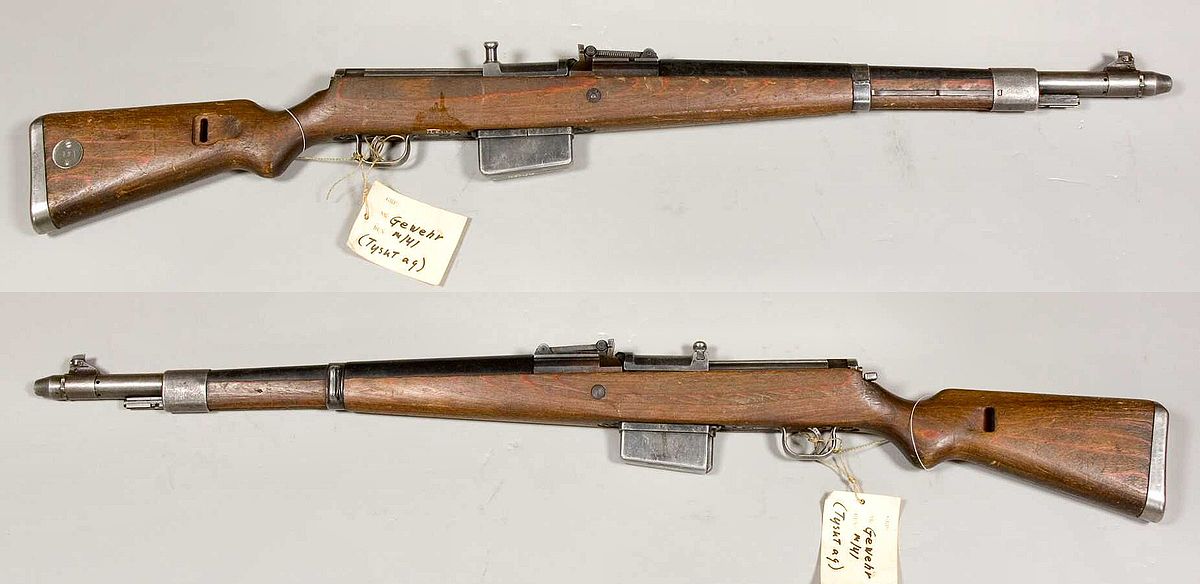What if France managed to get the MAS-40 in production in May 1939 and had a substantial number, say 100k, of them in service in time for May 1940?
IOTL only about 50 were made before France surrendered, none seeing combat:
Let's say since the TL is moved up on their production that this is the production situation as of May 1939:
How does this impact proceedings of the 1940 campaign and thereafter? Might this influence the British to pursue the prototype that would become the SLEM-1/FN-49?
FN Model 1949 - Wikipedia
en.wikipedia.org
Germany captures a larger quantity of MAS-40’s when France falls.
Minor small arms differences have zero effect on campaigns.

